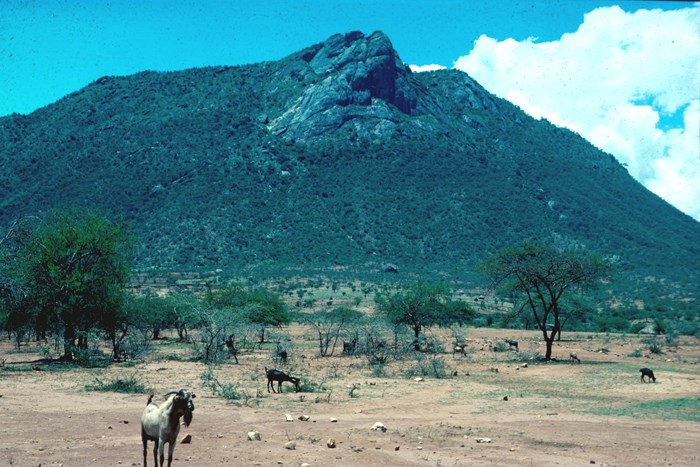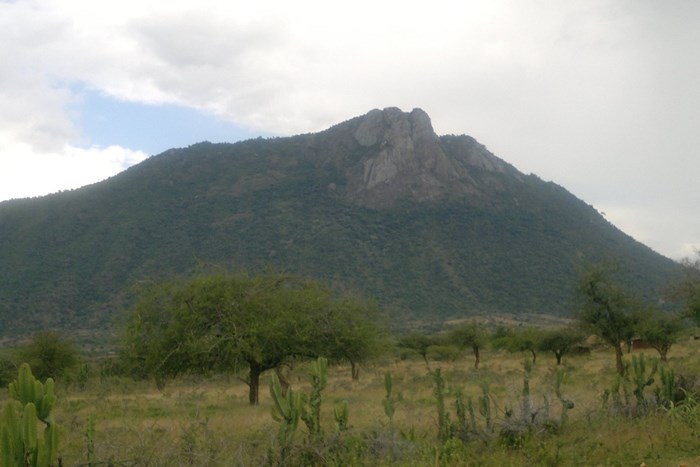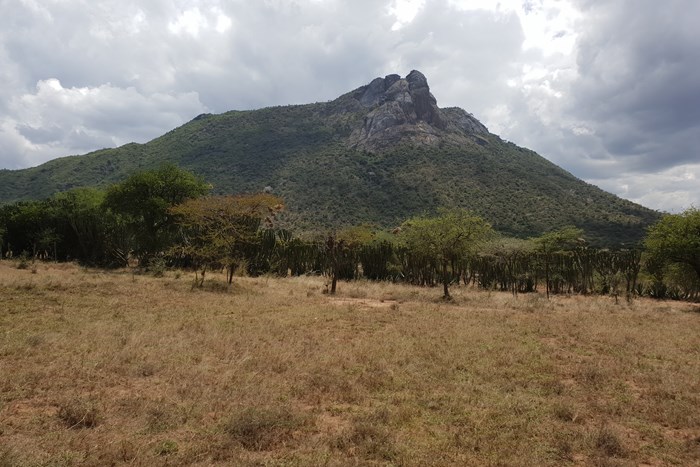Transformation to study
Most government development policies related to nomadic pastoralism in Africa have been based on the view of pastoralism as a driver for land degradation through overgrazing, the so-called Tragedy of the Commons.
Pastoralist societies are also commonly associated with growing economic inequality and impoverishment due to limited possibilities of increasing livestock productivity and improving household incomes through livestock marketing. The expansion of agriculture into grazing lands have increased the pressure on pastoralist, especially in steppe areas.
Historical changes for the demand for livestock products have been largely driven by human population growth, income growth and urbanisation. Livestock is currently one of the fastest growing agricultural subsectors in developing countries. Food demand for livestock products is predicted to double in sub-Saharan Africa between the year 2000 and 2050.
Adding to the narrative is the idea of a livestock revolution where there is a movement from nomadic pastoralism to communal rangeland to increasingly static, private and market-oriented livestock-based pastoral crop production; agro-pastoralism. However, considering the comprehensive environmental and human impacts implied by this transition, there have been surprisingly few interdisciplinary studies of the economic, social and environmental dynamics and relationships of emerging livestock-based, agro-pastoralist systems and their sustainability outcomes.
Enclosures
At the heart of this transition, especially in semi-dry areas, is the enclosing of land for purpose of intensive grazing, production of fodder, or food crop production. The practice is not new and covers a wide range of management techniques ranging from physical fencing off of smaller private parcels of land to more implicit social contracts regarding the use of larger areas of communal land.
In some areas, enclosures constitute a traditional management tool and in other areas enclosures were introduced in order to rehabilitate degraded rangelands. What is new however is the increasingly common use of enclosures as a way of privatizing communal land, driven by a combination of increasing restrictions on livestock mobility due to population increase and emerging, expanding markets for livestock and agricultural products in dry and semi-dry areas.
The criticism against enclosures is predominantly based on observed, negative social impacts in terms of erosion of traditional, collective property rights, emergence of conflicting interests over land- and water resources, and a gradual transfer of assets from poor to wealthier households.
To understand the transition from nomadic pastoralism to livestock based agro-pastoralism in semi-dry East Africa in general, and the increasingly common practice of enclosures in particular, we have to move from simplistic and linear representations of both the causes of change and the processes of change to a focus on situation-specific interactions among a large number of factors at different spatial and temporal scales (including natural variability as well as economic, technological, demographic, institutional and cultural factors), working gradually as well as taking place intermittently. This presupposes interdisciplinary research with a capacity to uncover the human- and socio-environmental dynamics of emerging agro-pastoralist systems, with a focus on driving forces, processes and sustainability outcomes.


